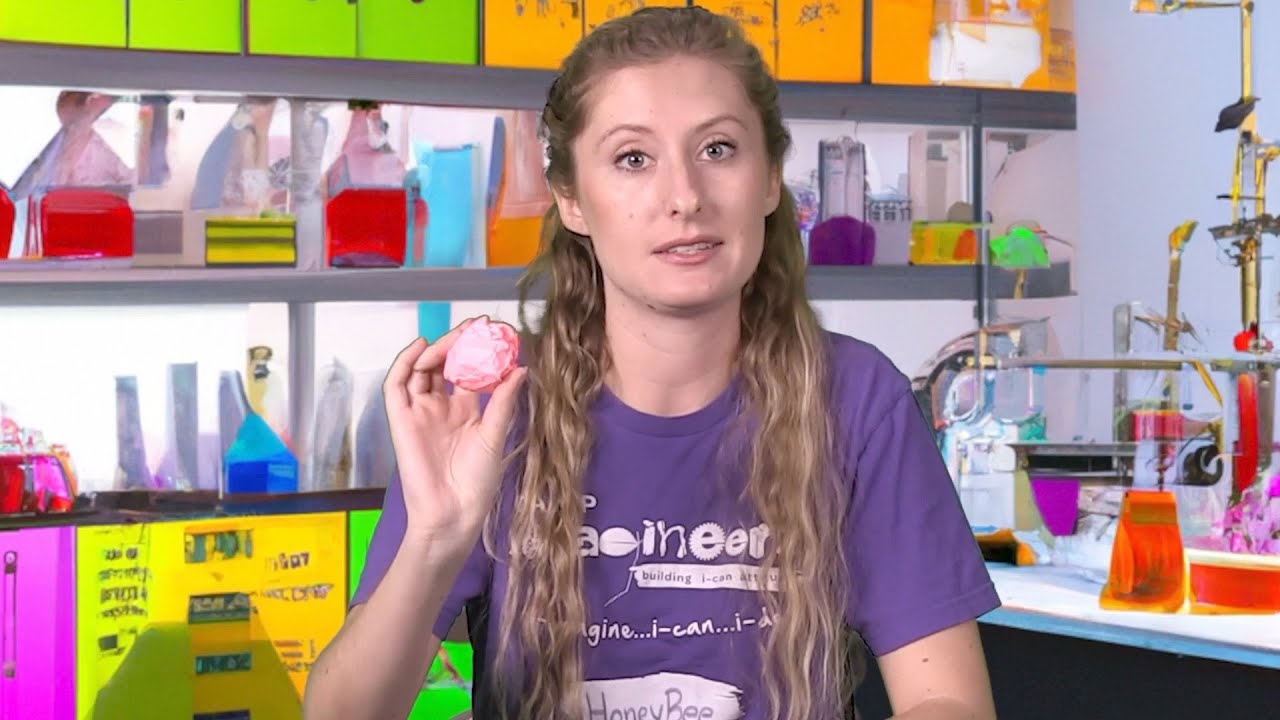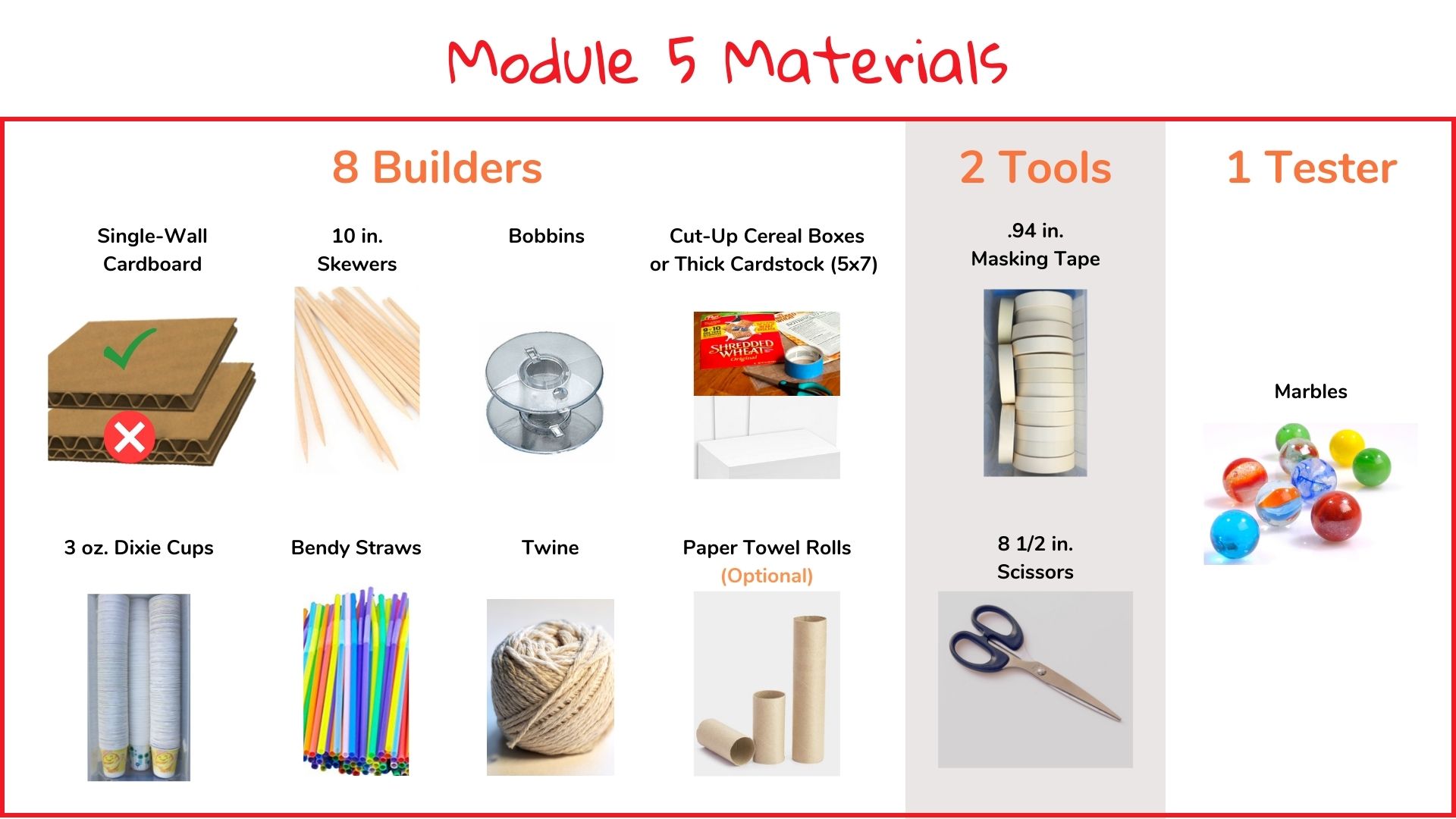STEM Challenge: Robots with Teams

Context for Challenge
Students will become robotics engineers, tasked with designing a robot that can stand on its own legs and then kick a paper ball.
Constraints and Success Criteria
The robot must be able to stand independently and kick a ball made out of paper. The robot must also fit within a 12×12 inch base. Teams will be given two class periods to build and test their robots.
In the final tournament, each team’s robot will take turns acting as both a kicker and a goalie. The robot must be able to kick the ball accurately toward a goal. Finally, when in the goalie role, it must be placed in front of the goal to block shots.
Materials

Set Up
- Prepare Materials: Ensure you have all the necessary materials ready beforehand and organize them so that they are easily accessible to students. Students should use no more than five of any one material per creation! For example, a student can use five straws and five pieces of paper, but not ten straws. If you provide aluminum foil, no more than one arm’s length piece for each student!
- Provide Guidelines and Constraints: Reiterate the challenge to students, as needed. Building time is 45 minutes!
- Model the Design Process: Before students begin, demonstrate the design process by going through the steps yourself. Discuss how to brainstorm ideas, create prototypes, test them, and make iterations based on the results, as needed.
- Encourage Collaboration: Foster a collaborative environment where students can work together in pairs. Encourage them to share ideas, help each other troubleshoot challenges, and provide constructive feedback throughout the process. But no groups of three!
- Support Adaptation: Encourage students to embrace the mindset of adaptation and problem-solving. Help them see that setbacks and failures are opportunities to learn and make improvements. Guide them in identifying areas for adaptation and brainstorming alternative solutions.
- Facilitate Reflection: Set aside time for students to reflect on their design process and decision-making. Ask questions that prompt them to think critically about their choices, challenges they faced, and what they learned from the experience. Students can reflect individually, in pairs, or as a whole-class discussion.
- Celebrate and Showcase: Celebrate students’ efforts and showcase their work.
CASEL Discussion Questions
Five questions aligned to Social Awareness and Relationship Skills — our focus CASEL competency for Module 4 and Module 5 — for teachers to foster an engaging discussion and social-emotional learning
- In what ways did you show empathy towards your teammates during the robot challenge, especially if someone’s idea was not used?
- Can you describe a moment when you noticed a teammate feeling frustrated or excited during the build? How did you respond to support them in that moment?
- What strategies did your team use to resolve any disagreements or conflicts that came up while designing or testing the robot?
- How did you ensure that the tasks of building, testing, and refining the robot were fairly and evenly distributed among all team members?
- Can you share an example of how you encouraged a teammate who was struggling with their part of the project or felt uncertain about the robot’s design?



